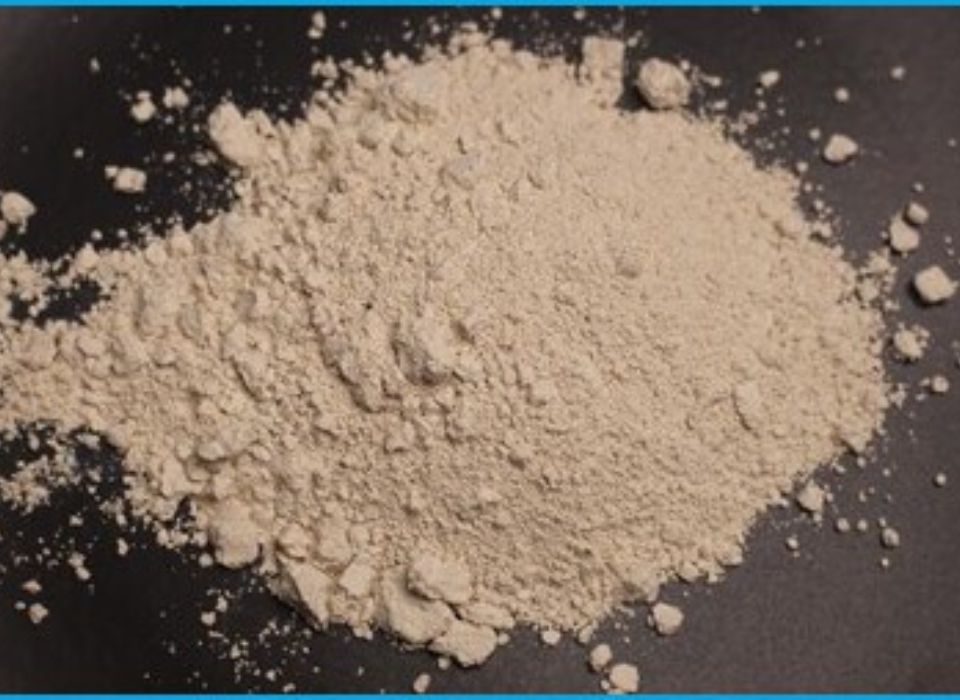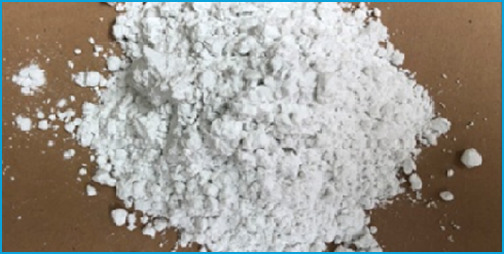
Can alkaline water filter candles remove contaminants from..
August 28, 2023
Is DE Food Grade suitable for organic gardening?
September 11, 2023Introduction
In the realm of natural pest control solutions, Diatomaceous Earth (DE) also known as kieselguhr has gained substantial popularity for its versatile applications. Derived from fossilized remains of diatoms, it presents an eco-friendly alternative to chemical pesticides. However, the effectiveness of this mineral varies across different types of pests. In this blog post, we will explore how DE works against various pest categories and its benefits in environmentally conscious pest management.Understanding DE
It is a fine powder composed of silica-rich diatom fossils and serves as a powerful tool against pests due to its abrasive nature. It functions by penetrating the exoskeleton of insects and absorbing their protective waxy layer, causing dehydration and eventual demise. This mechanism makes this compound an effective natural solution for controlling pests in different scenarios.
Crawling Insects
DE excels in combating crawling insects with exoskeletons, including ants, cockroaches, fleas, and bedbugs. Its abrasive particles cause microscopic cuts on the insects' exoskeleton, leading to desiccation. As pests come into contact with this mineral, the powder adheres to their bodies, eventually dehydrating them and rendering them immobile. Crawling pests that traverse through areas treated with this mineral are likely to ingest the powder while grooming, further amplifying its lethal effects.
Flying Insects
While DE is highly effective against crawling pests, its efficacy against flying insects like mosquitoes and flies is limited. Flying insects have a more delicate exoskeleton, making them less susceptible to the abrasive action of DE. Additionally, since it works best when insects come into direct contact with it, its efficiency against flying insects is hindered as they do not often land on treated surfaces.
Garden Pests
Kieselguhr finds applications in organic gardening by deterring a range of garden pests, including slugs, snails, and certain caterpillars. Its abrasive properties can cause discomfort and create a barrier that hinders pests' movement across plants. However, its effectiveness can be influenced by factors such as rain and irrigation, as moisture reduces DE's efficacy. Frequent reapplication may be necessary in outdoor environments to maintain its pest-repellent properties.
Beneficial Insects and Earthworms
One of the key advantages of using kieselguhr is its selective impact on pests without causing significant harm to beneficial insects and earthworms. Beneficial insects like ladybugs and lacewings have thicker exoskeletons that are less susceptible to the abrasive effects of DE. Additionally, earthworms' mucus-covered skin provides them protection against DE's desiccating action. This makes it an environmentally friendly option that minimizes collateral damage to the ecosystem's beneficial inhabitants.
Application Tips for Maximum Effectiveness
To harness the full potential of DE in pest control, consider the following application tips:
Thorough Coverage: Apply it in a thin, even layer to areas where pests are active. Ensure that it comes in direct contact with the pests to achieve optimal results.
Reapplication: Outdoor applications may require frequent reapplication, especially after rain or irrigation, as moisture reduces DE's efficacy.
Safety Precautions: While it is safe for humans and pets when used correctly, take precautions to avoid inhaling the dust during application. Wear protective gear, such as masks and gloves, if necessary.
Focus on Problem Areas: Concentrate its application in areas where pests are known to thrive, such as cracks, crevices, and entry points.
Integrate with Other Methods: It can be part of an integrated pest management strategy, combining it with other natural or chemical methods for enhanced effectiveness.
Conclusion
DE, also known as Kieselguhr, presents a valuable asset in the arsenal of natural pest control solutions, demonstrating its prowess in managing crawling insects and deterring garden pests. While it may not be as effective against flying insects, its selective impact on pests and minimal harm to beneficial insects make it a sustainable choice for environmentally conscious pest management. By understanding the nuances of DE's effectiveness across various pest types and employing proper application techniques, individuals can harness its potential to create pest-free environments while respecting the delicate balance of ecosystems.




